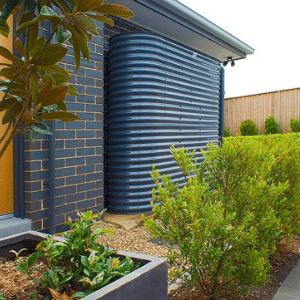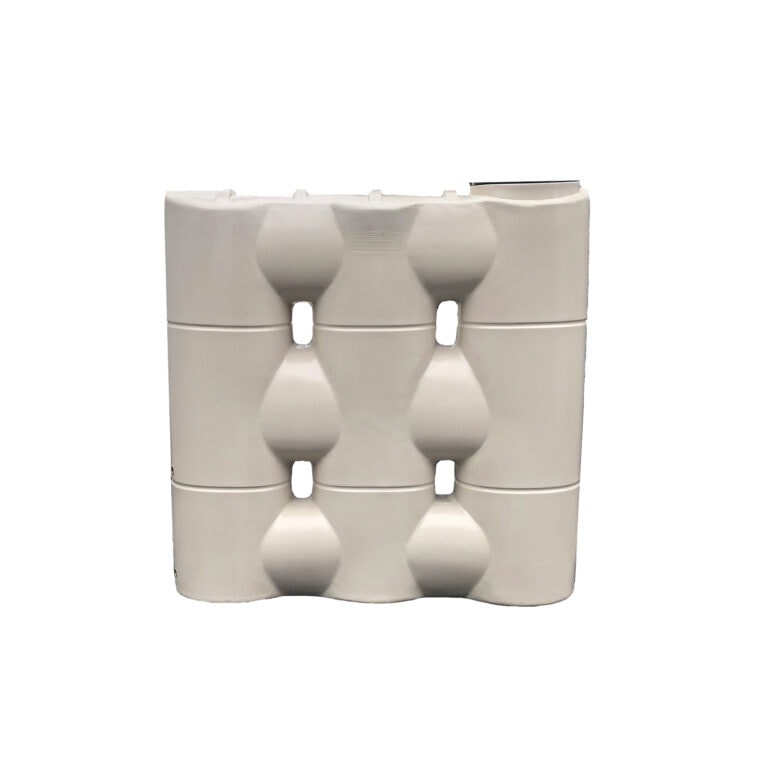Understanding the Significance of Rain Storage Tanks in Drought-Prone Regions for Water Safety And Security
In areas prone to prolonged dry spells, the function of rain tanks in strengthening water safety is a topic of expanding importance. As areas grapple with the obstacles of water scarcity, recognizing the importance of these containers exceeds plain collection of rainwater. Rain containers work as an essential tool in minimizing the effect of water scarcities by providing a lasting source of water for various requirements. The true worth of rain tanks prolongs much past simple storage space; it encompasses resilience-building steps and the promo of lasting water conservation techniques. This complex approach to water safety and security warrants a better exam of the role rain storage tanks play in ensuring a reliable water during times of dry spell.
Benefits of Rainwater Tanks
Making use of rainwater containers uses a sustainable solution for boosting water supply and improving water safety and security in residential and commercial setups. One of the main benefits of rain storage tanks is their ability to lower reliance on mains water supply.

Rain Harvesting Strategies
Rain gathering methods include a variety of techniques developed to effectively gather and store rainwater for various purposes, adding to water preservation and sustainability. One usual method is the setup of roof catchment systems, where rainwater is collected from the roofing system of a building and directed to a storage container. This approach is fairly basic and affordable. Another prominent strategy is using above-ground or below ground tank to keep rainwater for later usage. These storage tanks come in various dimensions and materials to match various requirements and can be connected to the existing pipes system for simple access.

In addition, rain gardens and absorptive sidewalks are innovative methods that entail landscaping or paving surfaces in a manner that permits rain to percolate into the ground, renewing groundwater gets. Additionally, contour farming and terracing are agricultural methods that aid capture rainwater and avoid dirt disintegration in hilly surface. By executing these diverse rain harvesting strategies, areas can enhance water safety and security and durability in drought-prone areas while advertising lasting water monitoring practices.
Significance of Water Safety And Security
Ensuring reputable accessibility to clean and enough water resources is critical for sustaining human health and wellness, financial advancement, and ecological wellness. Water protection is a crucial element of societal resilience, especially in areas prone to dry spells and water deficiency. Ample water protection incorporates numerous measurements, consisting of accessibility, high quality, and ease of access of water for domestic, agricultural, commercial, and ecological requirements.
Water safety and security plays a vital function in promoting public health by minimizing the occurrence of waterborne illness and ensuring hygiene centers. Economically, water security is essential for farming productivity, commercial procedures, and overall financial growth. Slimline water tanks. Furthermore, water security is very closely linked to environmental sustainability, as it sustains environments, biodiversity, and overall eco-friendly balance.
In drought-prone areas, water safety and security comes to be much more important due to the increased risk of water lacks. Implementing strategies like rainwater harvesting, water recycling, and effective water management methods can significantly boost water security in these locations. By focusing on water safety and security, neighborhoods can much better endure the influences of climate modification, populace growth, and other obstacles that threaten water accessibility.
Enhancing Water Strength
With increasing worldwide water obstacles, building click resilience in water systems has actually become an important focus for lasting growth efforts. Enhancing water durability includes applying strategies to guarantee water accessibility and top quality despite transforming environmental conditions, such as droughts, floods, and pollution.
One key aspect of enhancing water durability is promoting the usage of rain storage tanks in drought-prone areas - Slimline water tanks. Rain containers work as a reliable means of catching and keeping rainwater for later use, decreasing reliance on limited freshwater sources during dry periods. By integrating rainwater harvesting systems into water administration plans, neighborhoods can improve their capability to endure water shortage and maintain water safety and security

Sustainable Water Preservation
Among escalating water challenges, the prudent administration of water sources via sustainable conservation methods is imperative for guaranteeing long-lasting ecological security and social health. Lasting water preservation requires the reliable use water resources to fulfill current needs without endangering the ability of future generations to meet their own requirements. By executing techniques such as rainwater harvesting, greywater recycling, and water-efficient innovations, neighborhoods can minimize water wastefulness and relieve stress on freshwater resources.
In addition, lasting water preservation methods contribute to ecosystem health by maintaining adequate water levels in rivers, lakes, and marshes, sustaining biodiversity, and protecting all-natural habitats. These methods also play an important role in reducing the impacts of environment adjustment by helping to adapt to changing precipitation patterns and water availability.

Verdict
To conclude, rainwater containers play a crucial function in improving water protection and strength in drought-prone areas. By making use of rain harvesting techniques, neighborhoods can minimize their dependence on traditional water sources and promote sustainable water conservation methods. This not only assists mitigate the impacts of water deficiency throughout dry spells but also contributes to long-lasting water safety and strength despite environment adjustment obstacles.